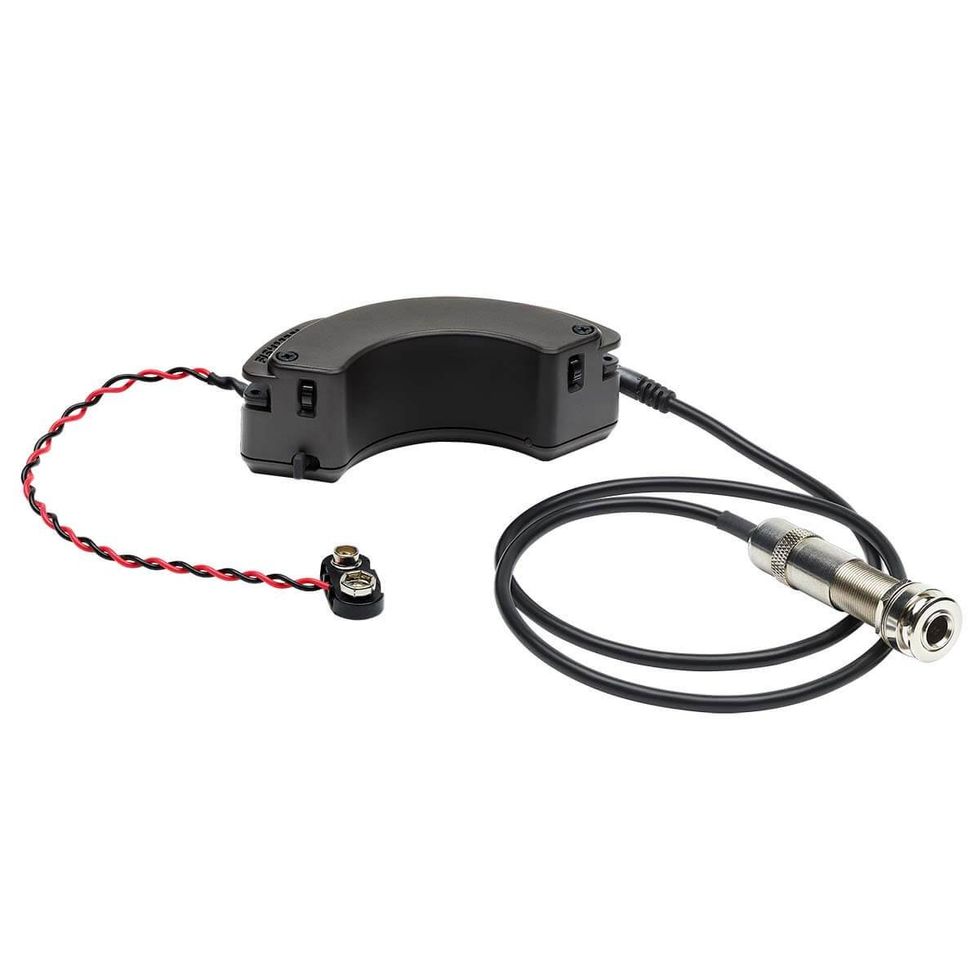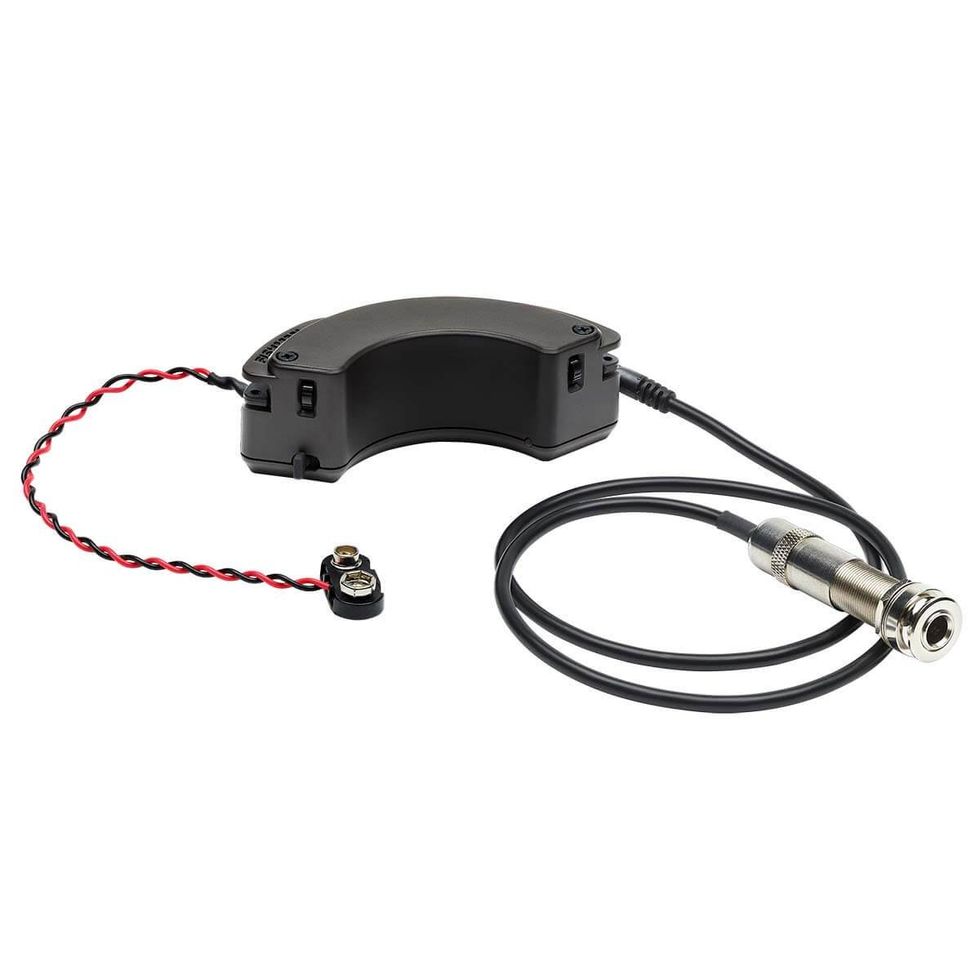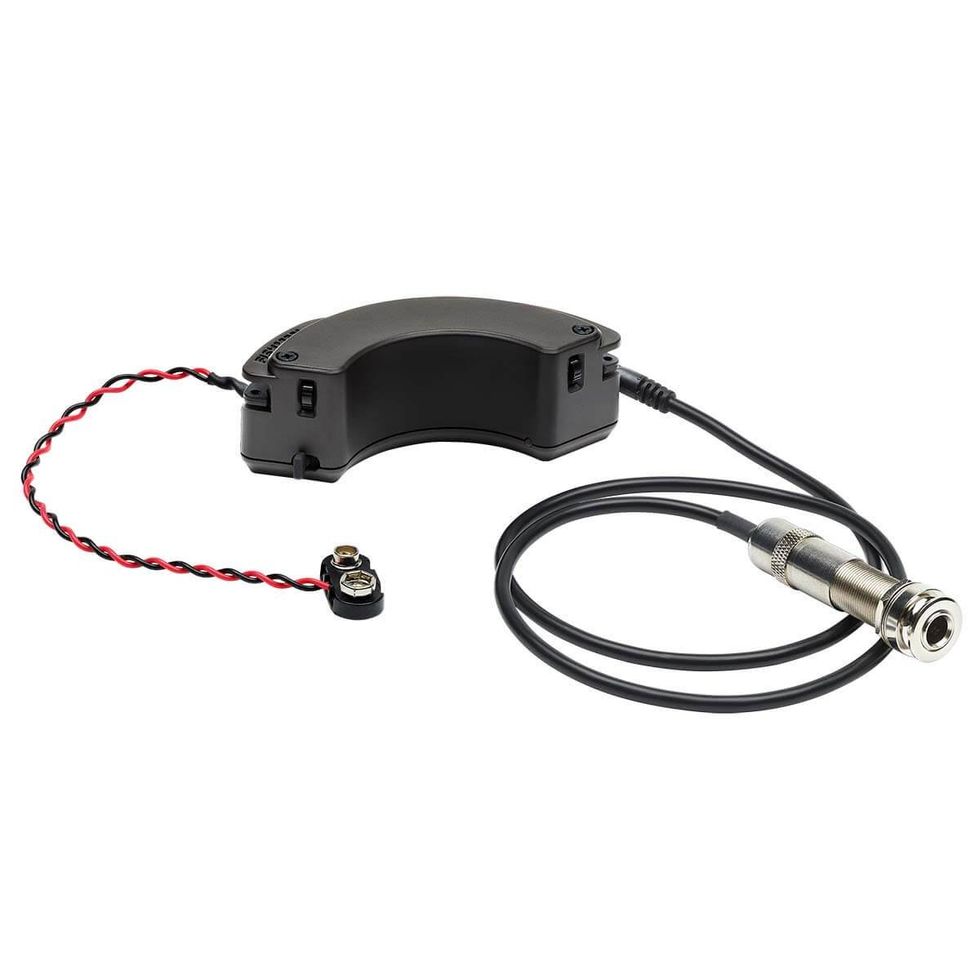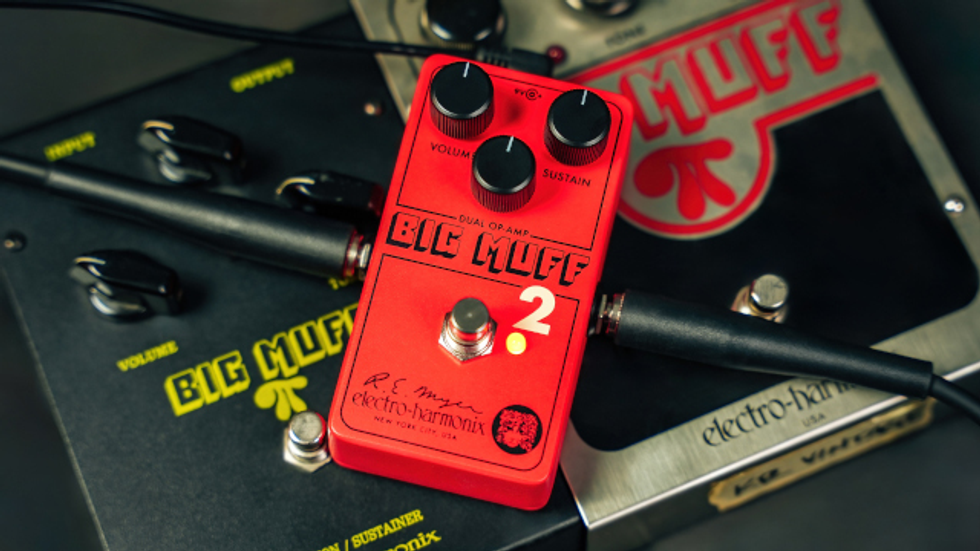The first Immortal Amp Mod addressed a weakness in the tubes. Our second installment will help prevent another way tubes can damage the amp.
Protect your transformers with fuses
I’ve heard this one a lot: “My amp has a power fuse, but why doesn’t it keep my power transformer from burning out when my tubes short?”
The short answer is – it can’t account for something that was never an intended purpose. The AC power line fuse is intended to keep it from starting fires. If it happens to protect something inside your amp, great, but that’s not its calculated purpose.
What you need is one fuse per winding which sources power. The drawing illustrates a good protection setup for your transformers. F1 and F4 prevent shorts in a tube filament from taking out your power transformer. F2 and F3 are a bit of belt-and-suspenders protection if you have the rectifier diodes from our first installment of the Immortal Amp Mods [July ‘08], but they provide a lot of cheap security; the incremental cost is very small.
Your output transformer is already pretty well protected from shorts by the B+ fuse (those two windings are not sourcing power, they are accepting power, so you only need to use one fuse) and the power limiting nature of the output tubes. You may ponder this predicament: What if my amp does not have a B+ fuse? Well, put one in. The only tricky part is setting the fuse values.
The secondary of the output transformer is likewise protected by the current-limiting nature of the power tubes. So these four fuses are about it.
Warning! Just like our first mod, these mods are in the highest voltages within the amplifier. If you want to do this yourself, you must be absolutely certain before starting that you can safely complete this repair. If you have any doubts at all, take it to a tech to be on the safe side. And always remember to wait a few minutes after unplugging your amp before opening and tinkering with it!
The costs for this mod are mostly labor. The present cost of a fuse holder is about a dollar per fuse position. Since fuses fail so infrequently, you might also consider using leaded “pigtail” style fuses soldered in series with the wires you put them in. Then cover the fuse with heat shrink tubing.
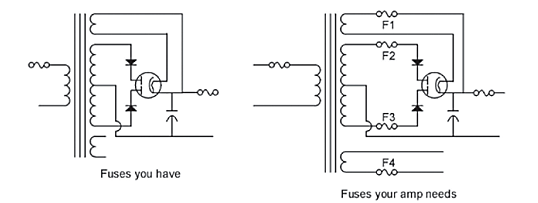 | |
|
To pick fuse values, add up the heater currents of your tubes and pick a slow-blow fuse rated the next size larger than the total current. For example, a Fender ‘65 Deluxe Reissue has inside it four 12AX7, two 12AT7, one 5U4 and two 6V6 tubes (see The Fender Field Guide, ampwares.com/ffg/). I looked up the heater currents for each of these tubes in one of the many web pages with tube data (mif.pg.gda.pl/homepages/frank/index.html) and found that the 12AX7 and 12AT7 each are rated at 0.3A, the 6V6GT power tubes need 0.45A each and the 5U4 requires 3.0A.
The total current for F4 will be four times the 0.3A for the 12AX7 (1.2A), two times 0.3A for the 12AT7 (0.6A) and two times 0.45A for the 6V6s (0.9A). The grand total of these currents is 2.7A (1.2 + 0.6 + 0.9 = 2.7A). Both 3.0A and 3.15A are standard values for slowblow fuses. The F1 rectifier fuse probably needs a 3.15A rating, but the F2 could either be 3.0A or 3.15A.
The output tube type makes a big difference. People often swap for 6L6, 5881 and EL34 tubes. The 6L6GC and 5881 tubes use 0.9A of heater current per tube, which is twice as much as the 6V6, while EL34s use 1.5A per tube.
For the primary winding fuses and the B+ fuse, it gets trickier, and some trial and error may be needed. Start with 1A slow-blow fuses and increase the fuse rating to the next biggest size if playing at full power for a long time makes the fuse open.
Using several fuses can cause nuisance failures until you get the right values. So you have to experiment when you know there are no problems in your amp to protect against. You may have to play your guitar for long periods of time at full power to do this, but what’s bad about that?
Why one fuse isn’t enough
The AC power fuse must let current through to start the amplifier; this can be three or four times the maximum power needed during regular operation. That’s why they must be “slow-blow” type fuses. The delay allows the big startup surge to pass and the amplifier to start. A massive internal short will pull high currents for about a second or two; then the AC fuse will open and prevent the amp from starting a fire.
It is too much to depend on the same fuse to protect against high-power AC faults in the AC line, low-current/high-voltage DC problems on the B+ winding and high-current/ low-voltage faults on the heater windings. The basic rule is: don’t count on a fuse to decide which of these areas to protect. And put a fuse where it can stop one over-current.
Tubes and transformers will last long enough for a fuse to open, as long as the fuse does not have to meet conflicting protection demands. You can’t merely count on the AC power fuse to protect your amp, and what’s immortality if you can’t count on it?
R.G. Keen
Chief Engineer
Visual Sound
www.visualsound.net











![Rig Rundown: Russian Circles’ Mike Sullivan [2025]](https://www.premierguitar.com/media-library/youtube.jpg?id=62303631&width=1245&height=700&quality=70&coordinates=0%2C0%2C0%2C0)





